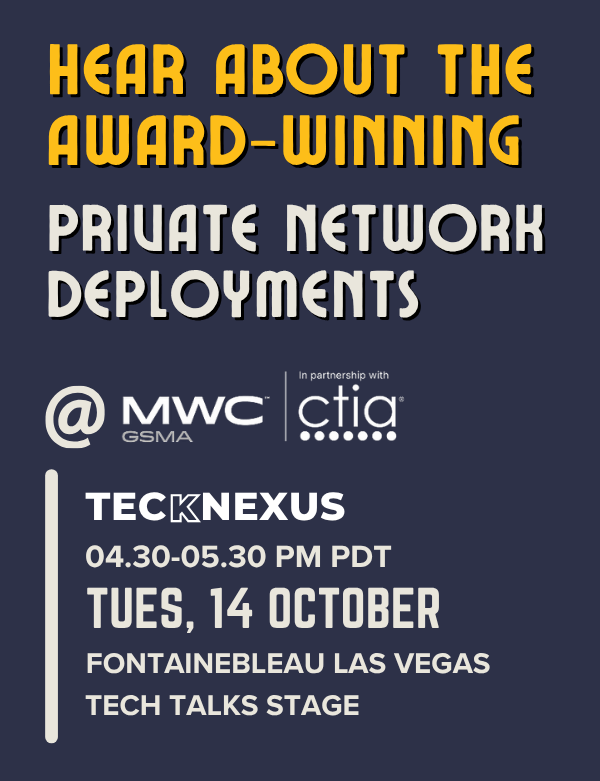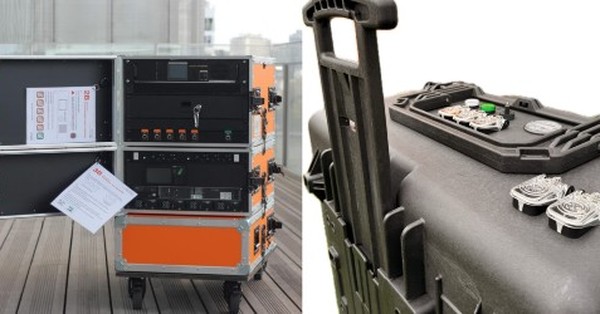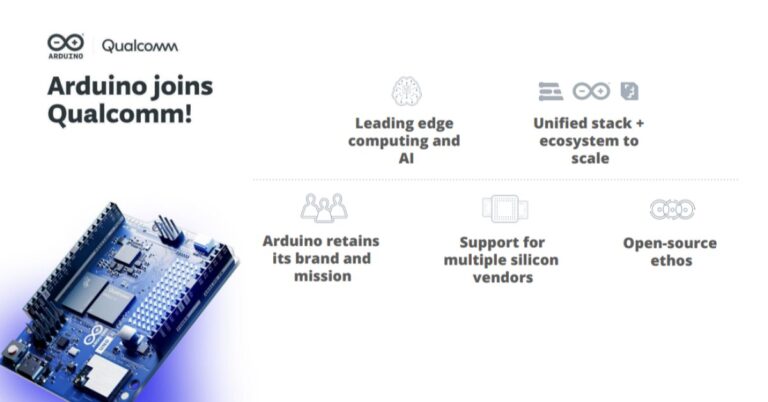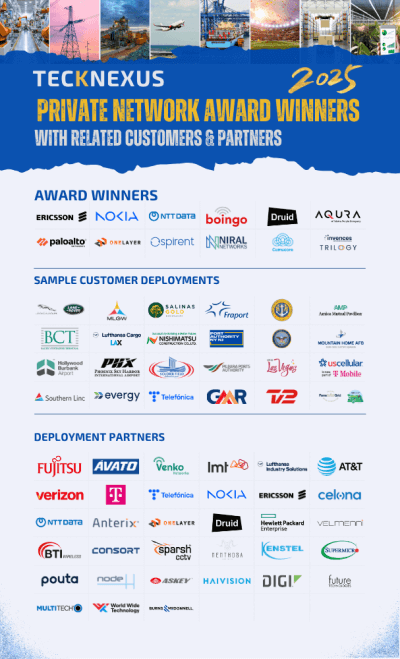Verizon–Starry Deal: Urban FWA Expansion and MDU Strategy
Verizon’s agreement to buy Starry puts fixed wireless access at the center of its urban broadband play and raises the stakes for cable in multi-dwelling units.
Acquisition Scope, Markets, and Scale
Verizon has entered a definitive agreement to acquire Starry, a fixed wireless broadband specialist focused on MDUs across Boston, New York, Los Angeles, Denver, and Washington, D.C. Starry brings nearly 100,000 broadband customers and an MDU-centric network architecture built around wideband millimeter-wave and hybrid fiber. Verizon said the move will support its ambition to double fixed wireless subscribers to roughly 8–9 million by 2028 and extend availability to about 90 million households. The transaction is slated to close by the first quarter of 2026, pending FCC and other customary approvals.
Why Now: Urban MDU FWA Opportunity
FWA has broken out as a mainstream broadband alternative, but urban penetration—especially in apartments—has lagged due to in-building complexity, rights of entry, and RF planning challenges. Starry’s in-market MDU know-how and neutral-host friendly building relationships give Verizon a fast path to scale in cities where it already owns substantial fiber backhaul and large 28/39 GHz mmWave holdings. The combination strengthens Verizon’s differentiated “mobility plus broadband” thesis while targeting cable’s most defensible stronghold: dense urban households.
From Suburban FWA to Urban MDU Playbook
Verizon’s early FWA gains leaned on mid-band 5G to serve suburban homes. Urban MDUs, however, benefit from short-reach mmWave where high capacity can be shared across many units. Starry’s model—delivering high throughput from rooftop nodes into buildings, then distributing via Ethernet or managed Wi-Fi—compresses cost per passed door and improves time-to-revenue relative to fiber-to-the-unit. This aligns with Verizon’s need to expand capacity and ARPU without the long payback of deep fiber overbuilds.
Network and Technology Implications for Urban FWA
The acquisition blends Starry’s MDU-optimized mmWave deployment with Verizon’s spectrum assets and fiber footprint to accelerate dense broadband coverage.
mmWave plus Fiber: Dense-City Capacity Where It’s Needed
Starry’s radio design and rooftop-to-resident topology are well suited to Verizon’s urban fiber rings and existing 5G Ultra Wideband sites. Expect Verizon to standardize on rooftop mmWave nodes fed by its metro fiber, with beamformed links to CPE inside apartments. This relieves pressure on mid-band spectrum that remains essential for mobile and suburban FWA, and it maximizes mmWave’s strengths—multi-gig capacity and short-haul reliability—in clustered environments.
In-Building Distribution and CPE Economics for MDUs
MDU broadband is as much about wiring closets and contracts as it is RF. Starry’s playbook includes negotiated building access, simplified self-install CPE, and managed in-building distribution that minimizes truck rolls. For Verizon, the upside is lower cost per connect, faster installation cycles, and improved NPS—Starry’s customer satisfaction has run roughly double typical broadband averages. Over time, Verizon can fold Starry’s CPE roadmap into its broader 5G Home portfolio, adding Wi‑Fi 6/6E/7 options, mesh, and property-wide managed Wi‑Fi for owners.
Spectrum Planning and Performance Considerations
Delivering consistent multi-hundred megabit to gigabit service in cities requires tight RF planning. Verizon can aggregate mmWave for peak capacity and lean on mid-band for resilience, with fiber backhaul ensuring steady throughput. Key execution items include interference management across dense rooftops, weather-aware link budgeting, and indoor signal propagation strategies that avoid re-wiring every unit. Successful integration will hinge on automation in planning tools and telemetry-driven optimization at scale.
Market Impact and Competitive Dynamics in Dense Metros
The deal intensifies competition with cable incumbents and reshapes the FWA battleground in dense metros.
Pressure on Cable in Apartments and Bulk MDU Deals
MDUs have historically been sticky for cable due to legacy wiring and bulk agreements. A credible mmWave-based alternative with attractive pricing and simple install creates immediate negotiating leverage for property managers and tenants. Expect a near-term effect on churn and win-back campaigns in buildings where Starry already operates, with Verizon poised to expand footprint using its fiber-fed rooftop access and municipal relationships.
Likely Responses from Mobile and Wireline Rivals
T‑Mobile’s FWA success has skewed toward single-family homes; a Verizon-Starry combination raises the bar for urban MDUs where mmWave can outgun mid-band. AT&T will likely counter with fiber-first builds in selective urban corridors and premium converged offers. Cable operators, increasingly active with mobile MVNO bundles, will lean into multi-gig DOCSIS upgrades and bulk MDU contracts to defend share. The broader takeaway: converged broadband-mobile bundles and property-level deals will become the norm in dense markets.
Regulatory, Financial, and Execution Watchpoints
Closing requires regulatory clearance and disciplined integration to deliver the promised scale and economics.
FCC Approvals and Spectrum Nuances
The transaction is subject to FCC review and standard closing conditions. While market concentration in FWA is lower than in cable, regulators will scrutinize spectrum holdings, competitive effects in the named markets, and consumer pricing claims. Post-close, Verizon will need to harmonize any Starry licenses and local permits with its national spectrum and site policy frameworks.
Integration Risks and Unit Economics
The value thesis rests on lowering cost per passed unit and accelerating activation velocity. Risks include building access renegotiations, aligning OSS/BSS for bulk accounts, maintaining Starry’s high NPS during migrations, and ensuring rooftop densification does not inflate capex. Success metrics to track: connects per building per month, CPE self-install rate, churn in migrated buildings, mmWave utilization, and the mix of MDU adds in the 8–9 million FWA subscriber target.
What Property Owners and Enterprises Should Do Now
Stakeholders should prepare for increased broadband choice, contract flexibility, and managed Wi‑Fi options across urban portfolios.
Guidance for MDU Owners and Operators
Audit building access agreements and wiring conditions to enable multi-provider competition; explore property-wide managed Wi‑Fi and amenity bundles; benchmark SLAs and bulk pricing against new FWA offers; and ensure common-area backhaul capacity can support security, IoT, and resident Wi‑Fi growth.
Guidance for Enterprise IT and Channel Partners
Evaluate FWA as primary or failover connectivity for distributed urban sites, particularly where fiber lead times are long; standardize on dual‑WAN CPE with policy-based routing; and leverage Verizon’s mmWave in high-density venues where capacity is the bottleneck, not just coverage.
Metrics to Watch
Monitor pace of market expansion beyond the five initial cities, the share of FWA adds from MDUs versus single-family homes, building-by-building activation velocity, average revenue per account in bulk contracts, and any signs of cable ARPU pressure in overlapping footprints. These will indicate whether the acquisition is converting into durable share shifts in urban broadband.








































